While next-gen graphics trying to simulate realism certainly have their place, there’s something about a more artistic rendition that stands the test of time far better. The bleeding edge will always end up being outdated, but when you have an iconic art style, people will keep coming back and enjoying a game for years to come.
That’s what you get with Tiny Metal, which utilizes Japanese anime for the character art and story, but shifts into an adorably cutesy style during turn-based combat missions that may bring to mind Army Men more than Command and Conquer.
There’s no question Tiny Metal has its own unique graphical style and that the game presents that style very well, with a strong mashup of colorful landscapes and gray tones as you roll your units through enemy territory.
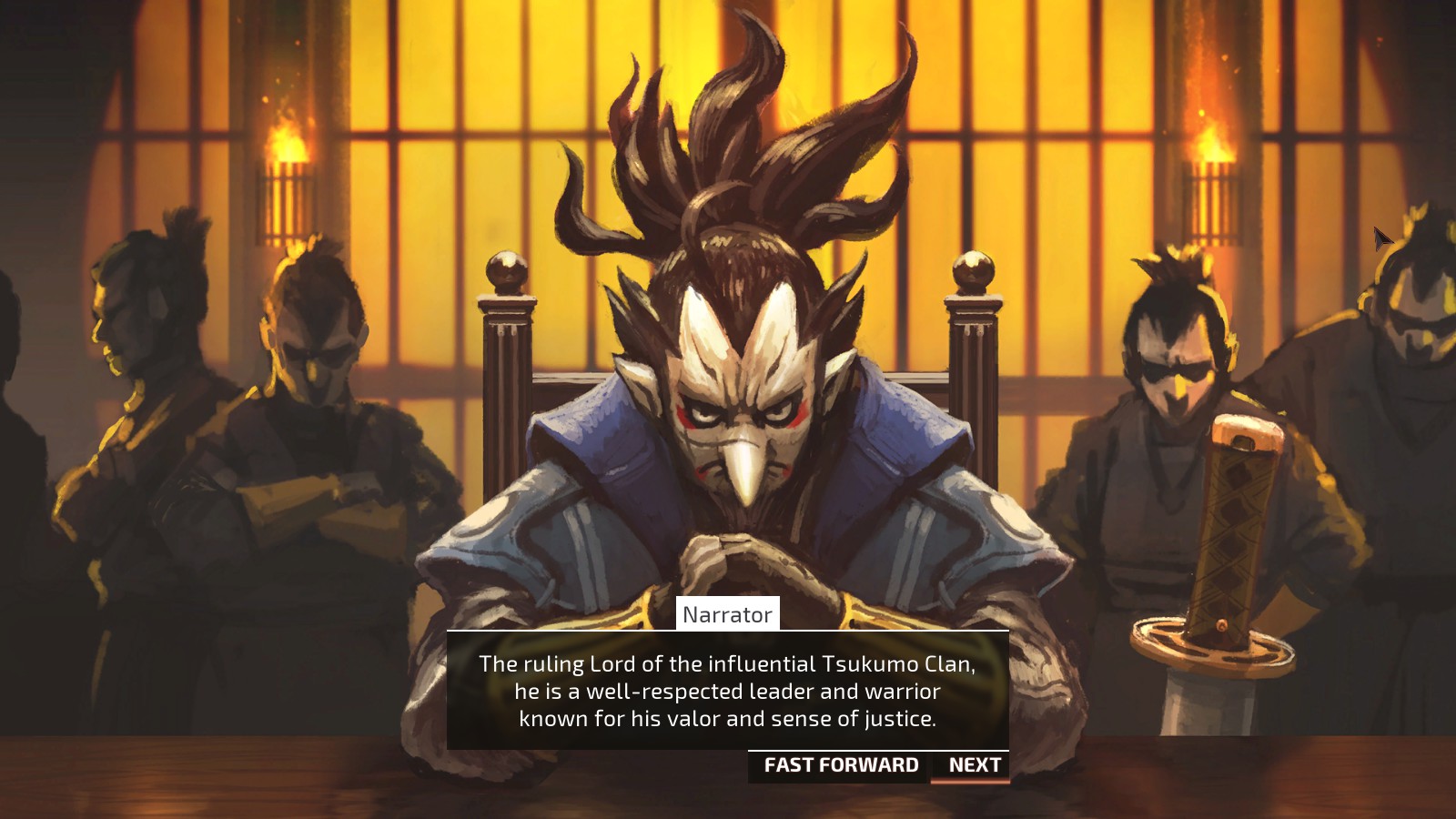 I wasn’t expecting a samurai warlord to show up in my tank combat game!
I wasn’t expecting a samurai warlord to show up in my tank combat game!
Tiny Metal Gameplay
A game is more than just its graphics, though, so how does it play? Quite well, actually. There’s Skirmish mode if you just want a map to play, but the campaign is solid as well, building on concepts over time and providing varied victory conditions.
During any given map, there are plenty of tactical options to gain an advantage. Keeping fast-moving units at the borders to reveal enemy movement is helpful, as is taking to the high ground or flanking during combat. Your ground soldiers will also need to spend time conquering buildings so you can heal or recruit new units.
One of the concepts you need to immediately master is the Lock-On function, which has multiple units lining up from different directions for a single attack that deals multiplied damaged. Positioning becomes critical, as different units have different movement speeds on the grid.
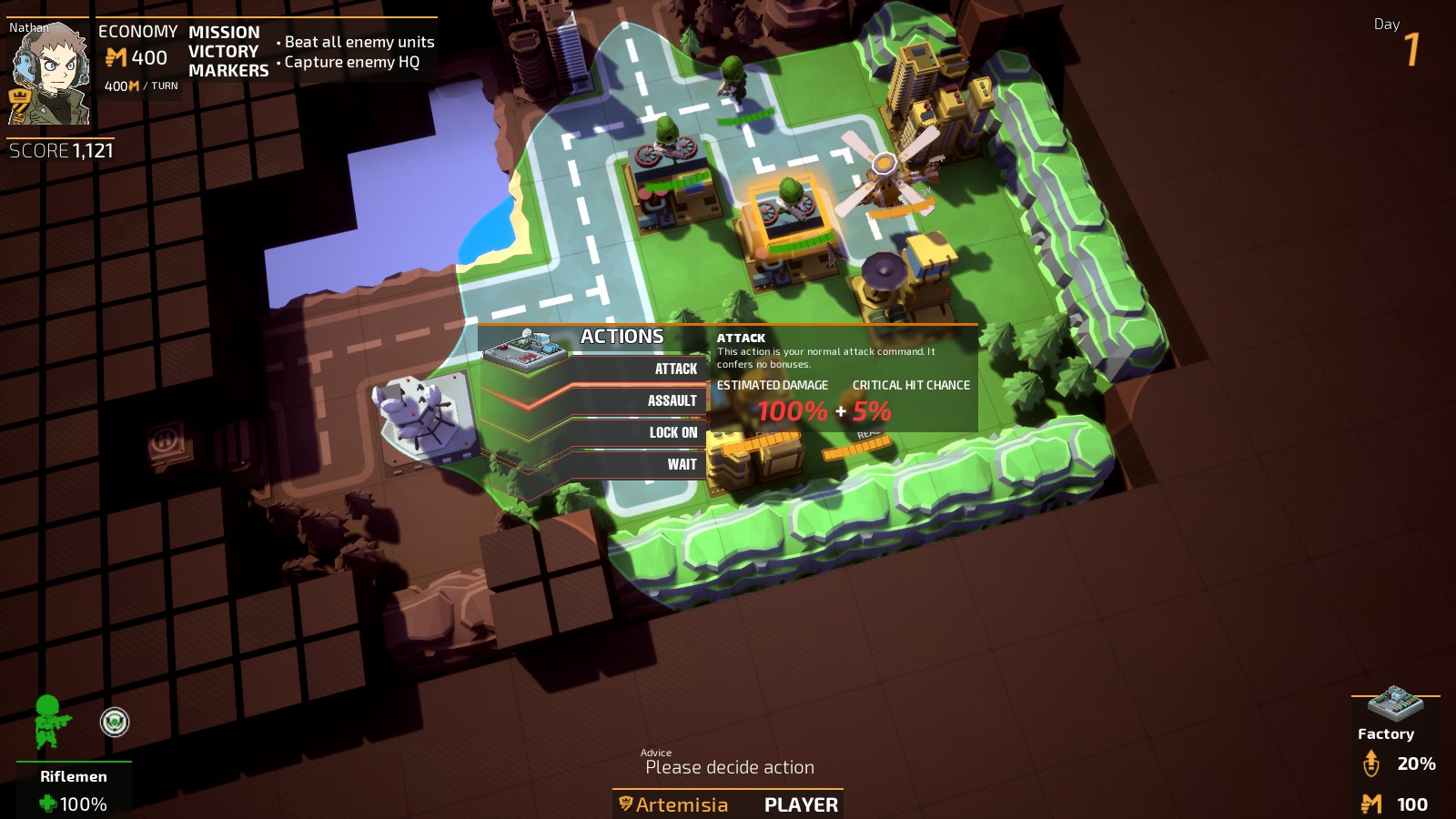 Using a Gunship to clear enemy Riflemen from a conquered building
Using a Gunship to clear enemy Riflemen from a conquered building
Multiple unit types to mix and match will show up as you progress through the campaign. Riflemen are essentially the weakest, squishiest units, but they also capture buildings the fastest, so they are a necessary evil.
A full army of Metal units (the equivalent of tanks) sounds great, except that they can’t capture buildings and are vulnerable to the rocket launcher-wielding Lancers. Even a large army of seemingly unstoppable units has a weakness that can be exploited.
Some Flaws
For all those positives Tiny Metal has going for it, there are a few cracks in the armored division. The AI needs a bit of a tweak in places, and I wouldn’t be surprised if we see a patch soon addressing just that issue.
There were times during the campaign when it didn’t make sense for the enemy to attack, since they would obviously get killed in the counterattack and wouldn’t deal any significant damage due to low numbers.
This problem is especially odd in a level where the goal is to eliminate all enemy units, since the AI is essentially working for you by committing suicide. It would make much more sense (and make the level more challenging) for weakened units to retreat and heal at a building so that you have to break off whatever you are doing to chase them down.
A few minor UI issues also pop up, like times where it’s hard to tell which tile you are selecting when a bunch of units are grouped up close together. Furthermore, some nonstandard quirks to the keybindings will take getting used to, like right-clicking to exit a menu instead of hitting backspace.
Those gripes aside, Tiny Metal remains fun from beginning to end, even if it does need just a bit more polish.
Style And Story
Much like the art, there’s a mashup of styles on the units that makes Tiny Metal a pleasure to explore, pushing you onto the next campaign mission to see what will pop up next. The main characters are all Japanese, while Metal units are American, Lancers are British, and Heavy Metal units are Scottish.
Combat animations are fun and change slightly based on environment and which direction you are facing, but unfortunately they do get repetitive — as do the sound effects and taglines of each attacking or defending unit. “Wham, bam, thank you MA’AM!” was funny the first couple of times my Metal tanks fired on enemy positions, but now I just don’t ever want to hear it again.
Outside of combat, during the story cutscenes you will meet some colorful and bizarre characters, like a crazy clown arms dealer. There’s almost a Persona-style tone to the characters and interactions as you move along, with the main characters feeling like teenagers who are in positions of power for some reason while really evil people are showing up in their lives.
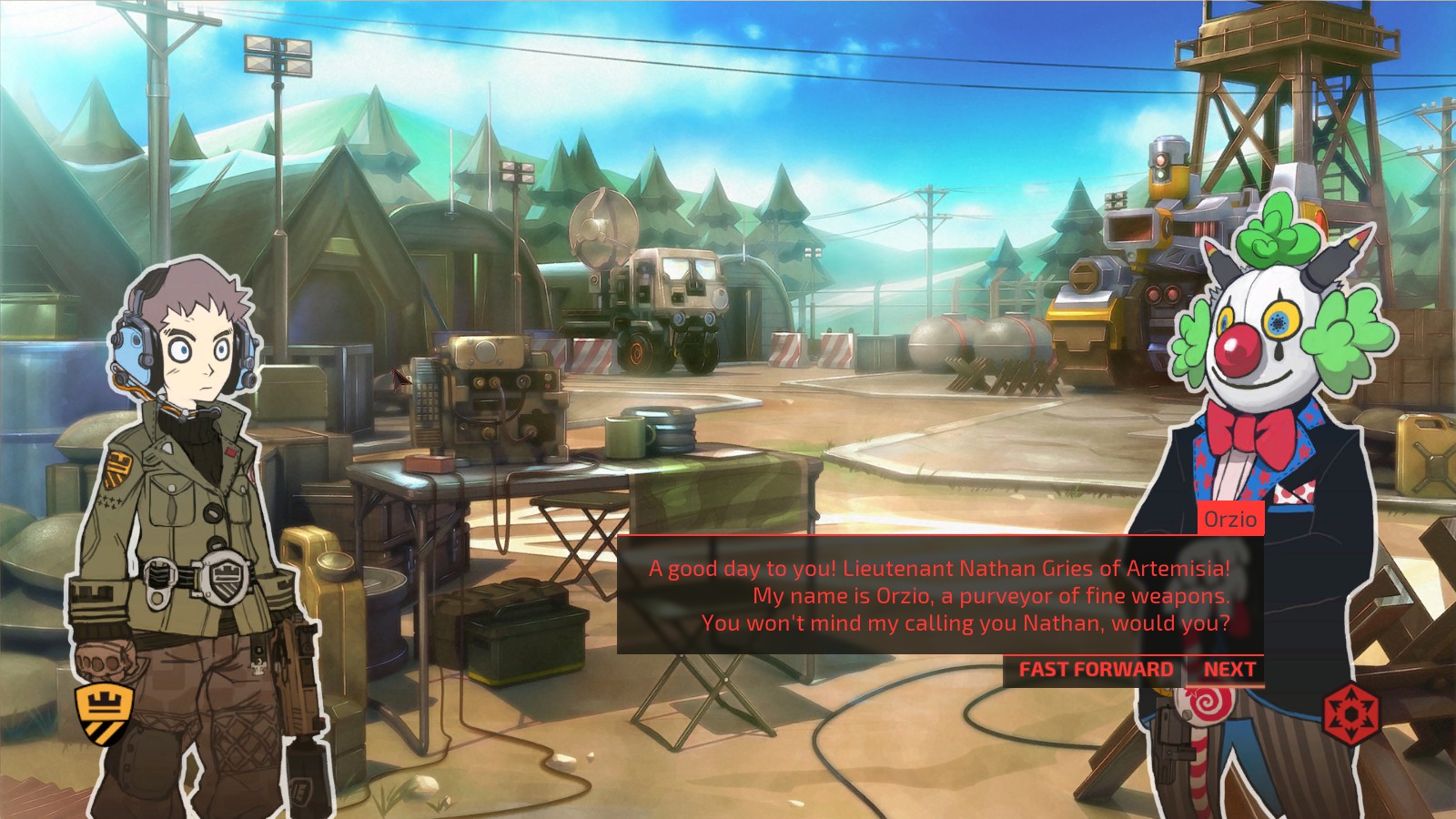 Would you buy guns from an evil clown businessman?
Would you buy guns from an evil clown businessman?
The Bottom Line
I was playing an advance copy before official release when multiplayer wasn’t available yet, so I can’t offer any critiques on that front at this point. Based on the skirmishes and campaign, it feels like a multiplayer match could be fun but that there would be too much possibility for one side to get an overwhelming advantage too quickly by conquering unit production buildings.
On the single-player front, if you liked Advance Wars, then you will find Tiny Metal very satisfying, as the game is similar in concept but with a revamped 3D style.
While the storyline and characters tend to be more serious and deal with matters of honor, the actual gameplay and unit lines made me think of a turn-based version of something funny and over-the-top like Toy Soldiers: Cold War.
The mashup works more often than it doesn’t, and it’s great to finally have a handheld-style, turn-based strategy game of this variety available on PC and console again.

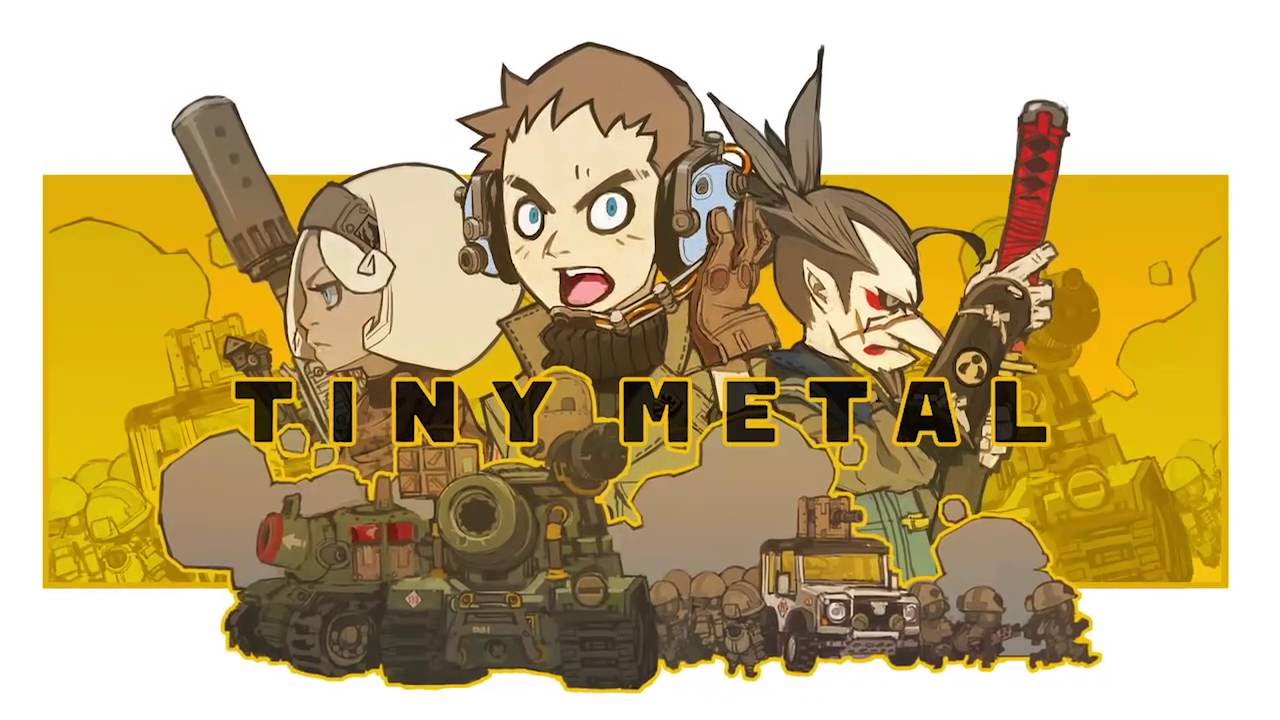
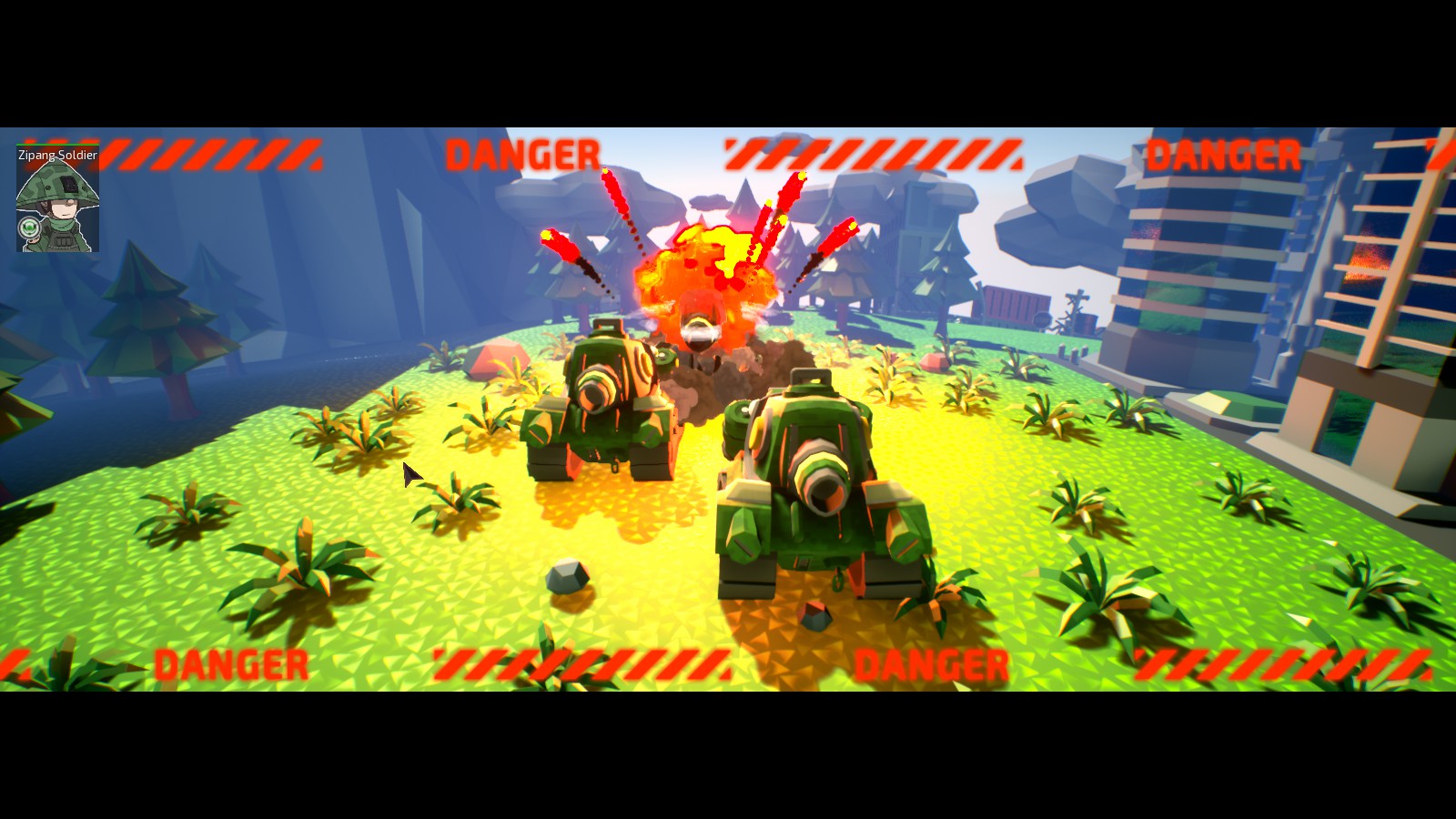





Published: Dec 21, 2017 12:37 pm